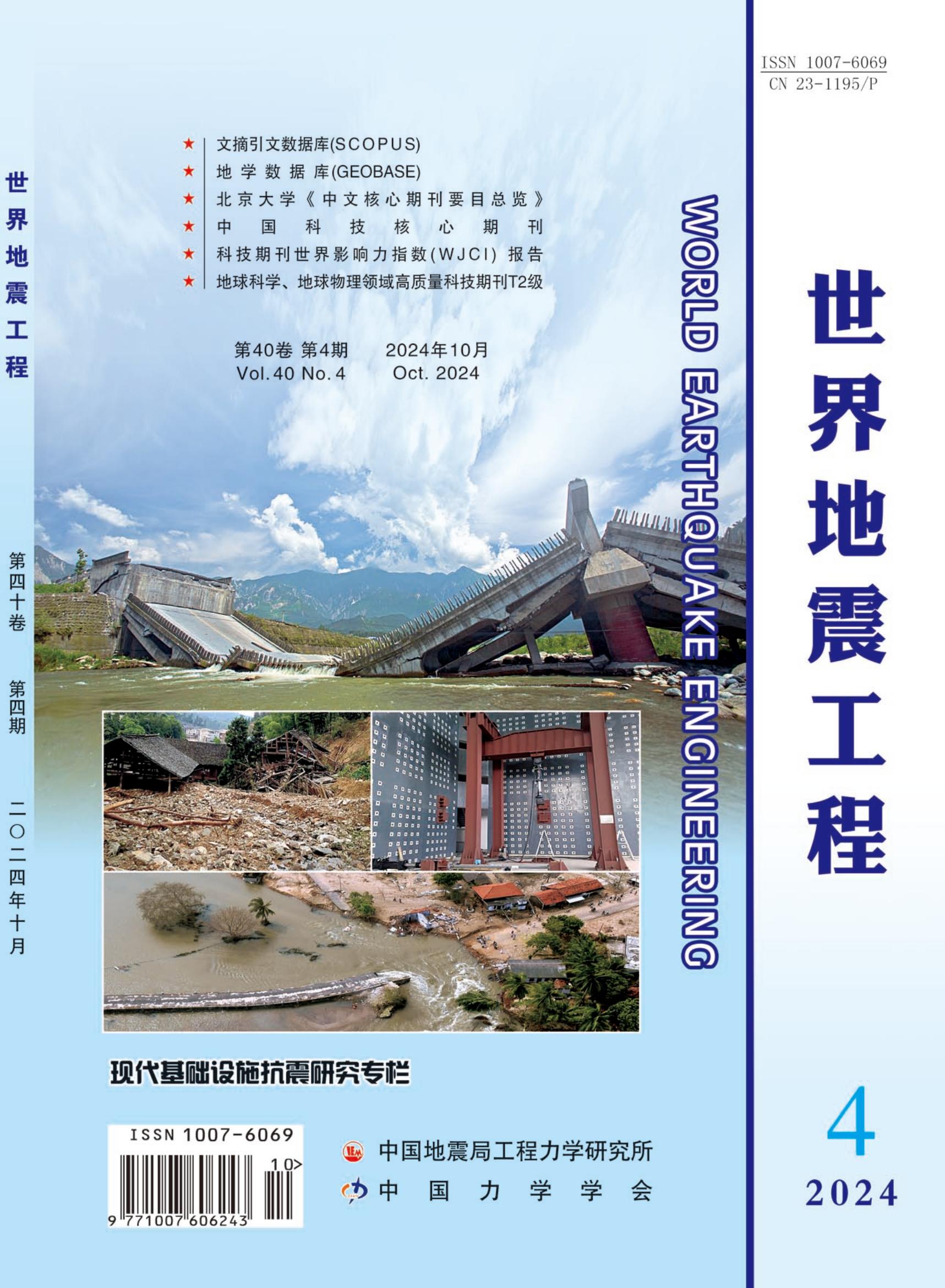Eco-efficient Prototype of Wastewater Treatment Plant Applying Clean Development Mechanism Methodologies – Mediterranean Countries
Q4 Earth and Planetary Sciences
引用次数: 0
Abstract
Municipal wastewater treatment is committed reducing greenhouse gases emissions in line with United Nations Framework Convention on Climate Change (UNFCCC) norms in order to preserve Earth's blanket and lower climate acute changes. Greenhouse gases emissions reduction is the avant-garde of municipal wastewater treatment technologies; however, the process requires particular segmentation of all phases to contain the excessive energy required for treatment. Consequently, Energy analysis is endorsed as essential to sustain a thermodynamic equilibrium of the treatment plant with its environment. Decarbonization, denitrification & phosphorus removal urge the exploitation of sustainable energy whether recovered or renewable to engine the treatment facility. This literature values compile the eco-design of wastewater treatment plant with the avant-garde technologies of greenhouse gases emissions reduction, considering environmental aspects at all stages of treatment process, targeting the lowest possible environmental impact throughout the plant life cycle to create a CO₂-free facility prototype. UNFCCC introduced the greenhouse gases emissions definition in wastewater plants as a project design document for the Clean Development Mechanism (CDM) project AM00801 activity. The literature adopted this project and submitted it as a friendly user interface or a Software to model an Eco-efficient management strategy for wastewater treatment plant aerobic activated sludge type with the offset of environmental footprint measures based on decision making analysis, Input-output analysis, benchmarking and energy balance, net negative emissions including environmental declaration assessing the life cycle from costing, management, and sustainability perspectives.应用清洁发展机制方法论的污水处理厂生态高效原型-地中海国家
城市污水处理致力于根据《联合国气候变化框架公约》(UNFCCC)规范减少温室气体排放,以保护地球的毛毯和降低气候急剧变化。温室气体减排是城市污水处理技术的先锋性;然而,该工艺需要对所有阶段进行特殊分割,以包含处理所需的过量能量。因此,能量分析被认为是维持处理厂与其环境的热力学平衡所必需的。脱碳,脱氮和除磷促使可持续能源的开发,无论是回收或可再生的发动机处理设施。本文献价值采用先进的温室气体减排技术对污水处理厂进行生态设计,在处理过程的各个阶段都考虑到环境因素,以在整个工厂生命周期中尽可能降低对环境的影响为目标,创建一个无CO₂的设施原型。《联合国气候变化框架公约》将污水处理厂温室气体排放定义作为清洁发展机制(CDM)项目AM00801活动的项目设计文件。文献采用了该项目,并将其作为友好的用户界面或软件提交,以模拟废水处理厂好氧活性污泥类型的生态高效管理策略,并基于决策分析,投入产出分析,基准和能源平衡,净负排放,包括从成本,管理和可持续性角度评估生命周期的环境声明,抵消环境足迹措施。
本文章由计算机程序翻译,如有差异,请以英文原文为准。
求助全文
约1分钟内获得全文
求助全文
来源期刊

世界地震工程
Earth and Planetary Sciences-Geotechnical Engineering and Engineering Geology
CiteScore
0.80
自引率
0.00%
发文量
4131
期刊介绍:
World Earthquake Engineering was founded in 1985 and is now a quarterly journal. It is an academic journal in the field of earthquake engineering under the supervision of China Earthquake Administration (CEA), and co-sponsored by the Institute of Engineering Mechanics of China Earthquake Administration (IEMCA) and the Chinese Society of Mechanics (CSM). The journal aims to introduce the latest research results in the field of earthquake engineering at home and abroad, to promote international academic exchanges in the field of earthquake engineering, and to serve China's seismic prevention and anti-seismic work. China Association for Science and Technology (CAST) selected China's high-quality scientific and technological journals in different fields for its hierarchical catalogue, and the journal was selected as T2 level (internationally renowned journals) of earth science and geophysical journals. Outstanding journal for the implementation of the CAJ-CD Code in the implementation of the Chinese Academic Journals (CD-ROM Version) Retrieval and Evaluation Data Specification (CAJ-CD Code) in the evaluation of excellence activities; included in the cultivation bank of Heilongjiang Province's high-quality journal projects.
 求助内容:
求助内容: 应助结果提醒方式:
应助结果提醒方式:


